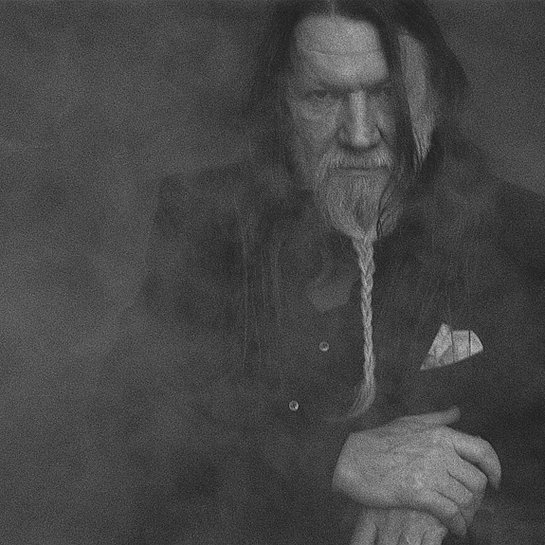Nikolai Makarov
In the mid-70s of the last century, the family of Nikolai Makarov, born in Moscow in 1952, moved to East Berlin, the capital of the then GDR. There he began to study history at the Humboldt University. This was followed by several years of training at the Academy of Arts in the GDR, which Makarov, who had already been self-taught and artistically active in his native Russia, completed in 1987. In those years he decided – encouraged by the Austrian painter Rudolf Hausner – to use acrylic-based paints instead of the oil paints he had favored until then, which – diluted with water – enable him to superimpose the subtle glazes that blend into a smooth color skin and make his paintings so vivid and unmistakable. Works from his student days already brought him attention; later museum and gallery exhibitions were to make his original work known worldwide. Makarov lives in Berlin and concentrates on his work.
Nikolai Makarov is primarily an innovative figurative painter and a qualified connoisseur of the art of the European Old Masters. However, he is increasingly able to transform his pictorial ideas, based on real events or fleeting impressions, into the transcendent in his pictures of people, deeply felt landscapes and buildings by embedding his motifs in a diffuse coloration – predominantly based on various transparent-appearing red, blue and dark brown tones – and brightening only a few striking parts of the picture. In this way he reduces his motifs to the appearance of their existence. This procedure deliberately impairs the immediate, clear view of the pictorial motif, but it encourages one to look in detail, to enter into a world subjectively interpreted by Makarov. Basically, the painter strives for a visualization of the non-material, cosmic and transfigures, without negating the real origin of his statement, transfigures seen into the imaginative. He succeeds in letting his own spirituality flow into the depiction and in sensitizing the recipient's imagination to the extent that he leaves behind everyday turbulence, acoustic and optical noise and immerses himself in a singular pictorial atmosphere suggesting tranquility, silence and harmony. Through concentrated perception and immersion in what is seen, experience gained and contemplative introspection merge, which are able to evoke inner visionary images, associations and fantasies. The meditative-melancholic mood of his impressive paintings and expansive installations is due on the one hand to Makarov's nuanced painting technique; In addition, the soul life of a deeply sensitive artist personality is revealed here, who reflects on the developments of his environment with skepticism and, from his point of view, proposes practicable solutions, because one must "make people think, make them see that dichotomy which constitutes all being and which actually always was and is my starting point; the duality of life and death, of light and night." This ideal may have been one reason for founding his Museum of Silence on the outskirts of the seething center of Berlin, where he associates his own works with spatial architectures by eminent architects, whose theme is to present his works as spaces of silence, and in which, in fact, time seems to come to a standstill.













